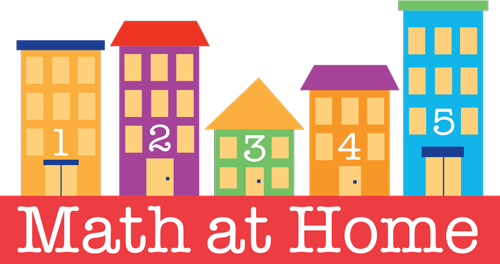Observing a Child Playing with Ramps
Last week I wrote about the importance of impartial and accurate observations of children. Teachers of young children need to systematically use observation as a part of their daily practice in order to plan for appropriate and engaging learning opportunities, to set up the environment so it is both challenging and safe, to collaborate with other professionals, and to communicate accurately with families.
Today, I want to look at the video above and consider ways in which to support this child as he actively investigates the ramps. Let’s tease apart the ways he is already exploring early mathematical competencies and ways we can further support his play so he can go deeper. During free choice time, this particular child came over to the large rug, where a long rubber track was placed along with a few wooden balls of various sizes. He began exploring the track but before long (a minute or two) he went to the corner of the room and pulled out some wooden ramps and large block. What you see in the video is what happens next.
Before we begin to analyze his play we need to accurately and objectively observe his play. What do you see? What is he doing?
At first, the child lays down three tracks of the same length from a large wooden block and then adds tunnels to the ends of the tracks. He rolls a ball down each ramp, one-by-one, smiles and collects the balls to start over. He then uses his hands to hold three balls at the same time, and then places them all simultaneously at the tops of the ramps and releases them at the same time. He runs to where the balls have stopped, collects them and repeats the same action. Holding the balls in his hands, he goes back to the ramp box and takes out one more ramp and tunnel and sets them up next to the original three. He asks his teacher to help hold a ball and then asks me (while I was recording) to hold the last ball. He indicates what he wants us to do by verbalizing and nonverbal cues, and we all release the balls at the same time.
He goes back and collects eight more ramps and sets them up. The ramps are in sets of similar lengths and in descending length order. He places them side by side and when he gets to the last one, he puts it off on the end of the block but then moves it and makes room for it with the others. He collects the balls and hands them to his teacher. He goes and finds a small car and places it at the top of a ramp. He then uses one of the balls to push the car down the ramp and through the tunnel.
I LOVE this clip. There is so much going on during these three minutes there is no way we could possibly discuss it all. But, let’s give it a go.
Where is the math?
- Spatial Reasoning – Notice how he places the ramps, makes room for the last ramp, lines up the tunnels at the end of the ramps.
- One-to-One Correspondence- As he places one ball at the top of each ramp, you can actual see him making this assessment and adjusts his actions to each ramp has one ball.
- Sorting and Grouping- We don’t know from this observation whether he purposefully sorted the ramps by length and then grouped the like lengths together, but we do see the ramps end up like this.
- Problem-Solving – He tries to roll the car down the ramp on its own (you don’t see this bit in the video) but it won’t move on its own. He uses the ball to push the car down.
We could spend more time analyzing the video, but this is enough for now.
The next step is to consider ways to support his explorations and scaffold his understandings. If you were his teacher teacher, what would you do to plan for this child?
I am going to offer a few suggestions. They may seem obvious, but often I find that they are not. I am only offering a few so there is room for readers to offer their own ideas.
- Bring the ramps and balls out again – In my experience, I have found teachers set up learning activities for one day and then switch them up the next. Children need many opportunities to explore the same materials over time. I would even reassure him that the ramps and balls will be out so he can continue playing with them as he might think of other things he wants to add to the play.
- Add one more element – It may be interesting to add another element to the activity. Maybe a few more cars of various types and sizes or a ball of yarn (I’ll let you consider ways yarn may enhance the activity). Don’t add more than one at a time, unless the child asks or comes with the idea himself.
- Talk about the ramps and balls at group time – Tell the other children about the ramps and balls or better yet, let the child describe what he was doing with the ramps and balls to the other children. This may pique their interest and some may join him, or he may explain in his own words, what he was doing, what he was thinking, and why. This could be very enlightening.
Those are my three ideas to further support his play. What would you do?


teacher let kid take lead on this activty. she did asked open ended questions to help him expand his mind
He worked it out on how to push car through the tunnel.
enjoyed video.
I find it fascinating that the little boy thought to use the ball as extra weight to propel the car down the ramp. I, too, would introduce different sized cars to see how he would utilize them going down the ramps, as well as the different sized tubes. So fascinating how many ways young children, even infants, utilize math concepts every day!
I found it very interesting how the little boy figured out how to use the ball to propel the car down the ramp. I, too, would introduce different sized cars for him to explore with the ramps, as well as the different sized tubes, and observe how he played with these components together. It is fascinating how very young children, even infants, use math concepts on a daily basis!
the ramps are cool
Love working with ramps in the classroom.